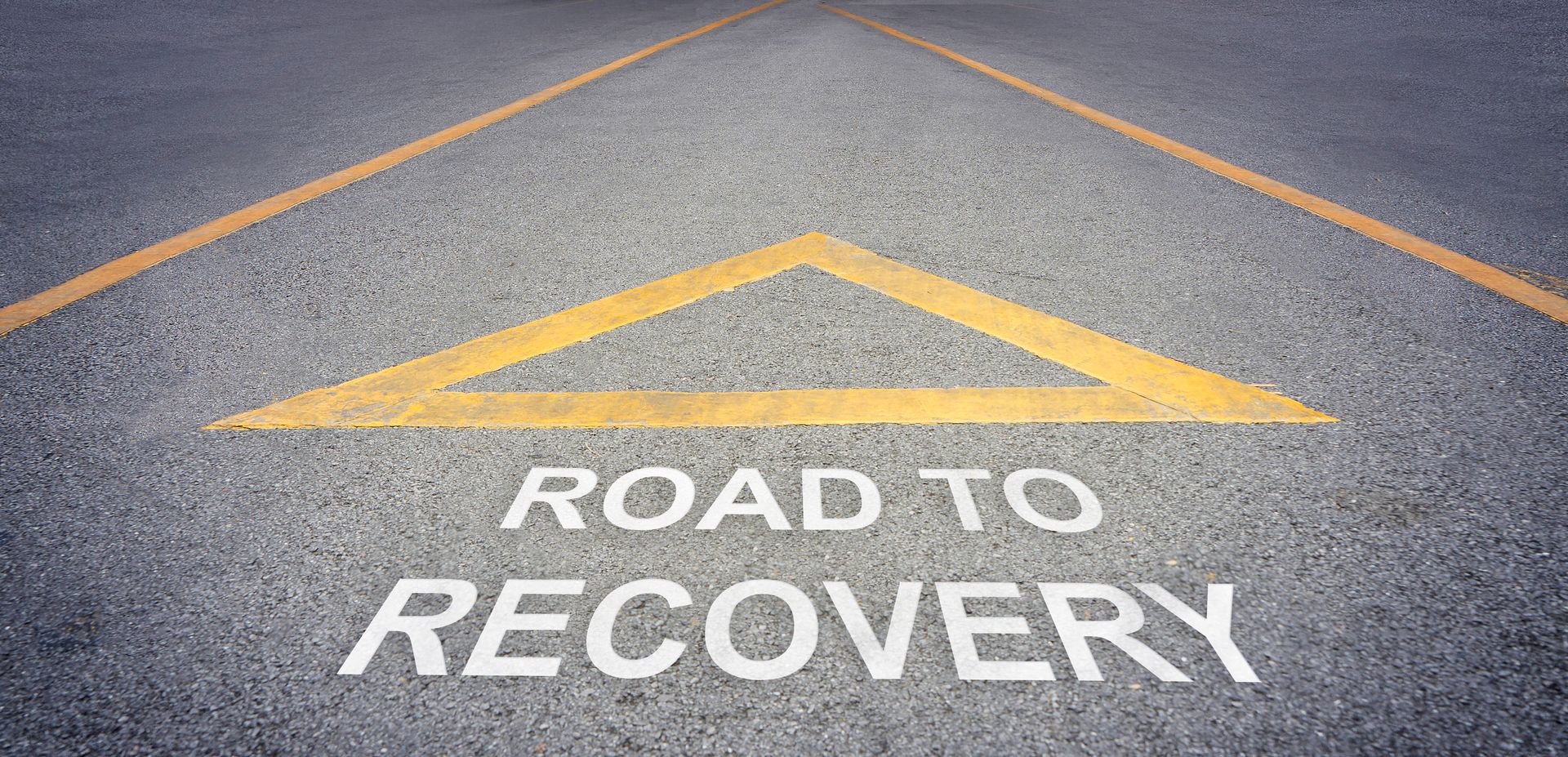
DOWNLOAD
DATE
Contact
Businesses worldwide are facing unprecedented challenges from the COVID-19 pandemic. The paramount need is to secure health and safety for the workforce, clients and our societies at large. Beyond that, impact on demand is brutal, with companies forced to juggle major downturns and upturns for products and services. In addition, companies need to be ready to stage recoveries once the crisis de-escalates (ideally within the next two to five months, depending on sectors that move at different speeds).
Companies risk focusing all their efforts on short-term adaptation and survival, without giving sufficient thought to their recovery plans. The 5F framework (which represents five separate workstreams) allows them to organize their teams so they don’t miss any issues and can manage the various functional topics and time horizons.
The fight against the COVID-19 virus
The COVID-19 virus is spreading across the world, with 350,000+ cases confirmed in more than 180 countries and territories. New cases are registered every day, except in China and South Korea, where cases are declining.
Countries are scaling up their efforts to change the course of this pandemic, enforcing social-distancing measures to prevent the spread of the coronavirus and protect our lives and health.
Companies have organized themselves to first protect the health and the safety of their employees and clients, by minimizing physical interaction. Second to health and safety, companies have been focused on mitigating the immediate negative impact of the crisis. Some companies are adjusting fast, and for some, it is a question of survival. Even while the speed and timing of recovery is unknown, there is a need to prepare for it because this will contribute to the virtuous circle of economic recovery.
The War Room should be organized around three main objectives: Fast adaptation, Fast recovery, and Fast forward looking
Fast adaptation
In addition to adopting measures to protect the workforce and society, companies must focus on cost adaptation and organizational changes that need to be made immediately.
For example, a major telco in the Republic of Singapore has set up a corporate COVID-19 taskforce to ensure business continuity and action plans within the company. Many of the measures taken by this taskforce have included splitting the company into different teams (including leadership-team splits) to ensure replacements are available if people are infected.
Fast recovery
Given that this situation is different from previous economic downturns and localized incidents, the recovery phase needs to be immediately planned for when the confinement phase ends. At this point, companies will have to start with adjusted organizations, (i) considering the health constraint – the virus will not have disappeared, so social distancing practices will need to be kept in place to avoid a revival of the pandemic; (ii) observing customers closely to anticipate their demand; and (iii) keeping costs under control.
The shape of the recovery is unknown: possibilities are illustrated as V, U, L and W in the above figure. Being as prepared as possible will not only allow companies to capture the benefit of the recovery, but also fuel the global economic engine. However, recovery plans must be prepared during the fast-adaptation stage – such as determining which area in which it will be the most difficult to ensure social distancing, which assets may be difficult to restart, and how to access clients in this new environment. Specific actions will need to be anticipated – for example, preparing new digital channels to connect with clients.
Fast forward looking
Following this crisis, societies will be reordered: from how we consume, buy products and travel, to the level of security and surveillance we are accustomed to. Thus, value and supply chains will change overall.
Since it is difficult to imagine today what the world, markets and economy will be like afterwards, companies need to start adapting to the “new world” at the right time. If they do this too soon, it will be wasted effort because final outcomes are still uncertain; if they do it too late, it will affect the speed and volume of future growth.
For now, a dedicated team (that could be composed of one person at the beginning) can start to frame the uncertainty of the future early and identify the information to collect and follow to define the right moments. Based on this, the company can adjust to the “new reality”.
This crisis will be unique, customer preferences will change, the customer of tomorrow will be different. There is a desire to restructure the value chain.
CEO, manufacturing company, Europe
Two supporting workstreams need to be managed separately but strongly coordinated: Free cashflow & Forward organization and communication
Free cashflow
Efficiently managing available cashflow (and bank covenants) is critical for short-term survival in terms of, weekly updating of the cash position and cashflow forecasts for stakeholders, daily updating of the hedging position, regular communication to finance stakeholders, and weekly updating of the financial covenant. The cost base should also be reviewed to ensure that it can be optimized and made variable.
My hedging position is changing every day in a material manner due to clients modifying their contracts. In this volatile market I have to adapt it on a constant basis to avoid unexpected losses. I liaise with my sales team on a constant basis for update.
CFO, metals and mining company
Forward organization and communication
This crisis requires a large proportion of staff to interact “virtually”, and supplier and client relationships to be managed “digitally”. This is change management at pace, which requires rapid adoption of emerging technologies and new ways of working. This workstream demands strong focus in the short term, but its momentum can also be used to implement new digital organizations and behaviors.
Focus on four key points throughout the process
Simulate all financial scenarios
This will ensure that you have sustainable liquidity going forward. In the short term, actions should be focused on preserving cash. Simulations must be made up to the company’s return to normal operation and consider even the worst recovery.
Prepare to navigate with uncertainty
Qualify uncertainty and potential customer behavior based on past crises. Prepare for a worsening outbreak – for example, based on China’s experience with COVID-19.
Prepare for the future without forgetting your sense of purpose
When adjusting your operations, keep in mind that you will have to bring them back to normal when the crisis is over – even if the new normal is different from what you were used to. One of the most intangible assets to preserve is your relationships with your clients.
Change your leadership style
In this period of uncertainty, the way we work is changing: people are switching from working from the office to from home. Decisions have to be taken with less in-depth information, and each part of the organization must contribute. The actions taken represent a break from past usage.
Perfection is the enemy of the good.
CEO, Hong Kong broadband network
Executives must think ahead, prepare, act unemotionally and communicate positivity to teams – constant communication, quiet comfort, and calm in the face of uncertainty. Have a mission statement to fulfill expectations of customers and other stakeholders, willingness to listen to all colleagues for inputs and perspectives. Creativity and resourcefulness must be encouraged, if not incentivized.
CEO, Hong Kong ICT company
Setting up the 5F War Room – Visible leadership that combines ADL assignment best practices
In order to achieve this, we suggest implementing the following set-up:
- Five dedicated 5F leaders, with clear assignments of ownership regarding the four processes (information, analysis, decision and communication).
- Support from a matrix organization, in which key functions contribute differently in the 5F workstreams.
- Applying agile ways of working to account for uncertainties and unfolding of new scenarios.
- A virtual meeting room that uses leading-edge digitalization technologies.
- The communication process across the different hierarchical levels must be fluid and fast: “pull” information can be channeled through various stakeholders inside the company, while “push” communication to external stakeholders and media should be stringently controlled and, if possible, channeled through one functional lead to ensure consistency across messages.
Insight for executives
Throughout this viewpoint, we have presented some guidelines to aid leaders as they think through crisis management. They are not exhaustive or detailed enough to substitute a thorough analysis of a company’s situation.
If you would like to discuss this five-workstream framework further, please reach out to us.











